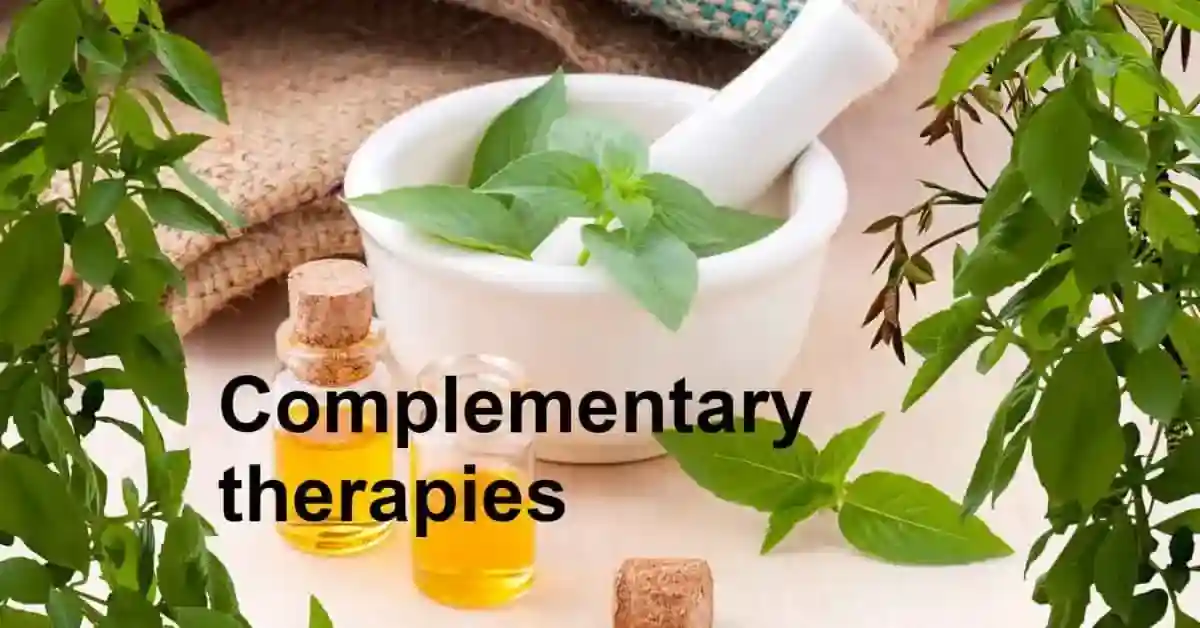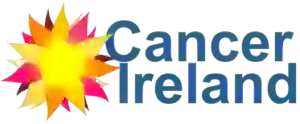
Massage
What is Massage therapy?
Massage therapy
A treatment in which the soft tissues of the body are kneaded, rubbed, tapped, and stroked. Massage therapy may help people relax, relieve stress and pain, lower blood pressure, and improve circulation. It is being studied in the treatment of cancer symptoms such as lack of energy, pain, swelling, and depression. Source: National Cancer Institute
Massage therapies for cancer patients
This Review Article contains the following:
Massage Techniques
Western Tradition
Swedish massage consists of continuous systematic strokes and deep kneading and stretching to loosen tight muscles and to reduce stress. The manual techniques specifically include effleurage (smooth gliding movements intended to evoke the relaxation response), petrissage (lifting, squeezing, wringing, or kneading of soft tissues to stimulate deep muscle and to increase circulation), friction (penetrating pressure with fingertips to reduce muscle spasm), and tapotement (rapid striking to stimulate tissues). Myofascial release techniques are employed to stretch and relax muscles that are tense or in spasm. Chronically tense muscles restrict blood flow and may be associated with fatigue. By applying specific pressure to connective tissues or fascia, normal alignment and function can be restored and chronic pain eliminated. The technique stretches and releases the fascia to release constriction and spasm, which causes pain.
Soft-tissue release is a technique that uses specific compression and precise extension, administered in a systematic manner, to release muscle spasm and scar tissue.
Trigger-point therapy (myotherapy) consists of stretching the myofascial tissue through sustained specific contact with pressure points, which helps to release tension and pain. Myotherapy is the diffusion of trigger points in muscles and the retraining of muscles to relieve pain. Trigger points are usually found in tight bands of muscle, which may radiate pain to other areas of the body. For instance, relieving a tense trigger point in the back could help to ease pain in the shoulder or to reduce headaches.
Neuromuscular therapy uses static pressure on specific myofascial points to relieve pain. This technique manipulates the soft tissue of the body (muscles, tendons, and connective tissue) and is thought to balance the central nervous system.
Lymphatic drainage is a very slow, light-touch, rhythmic massage that helps the body move lymph throughout the lymphatic vessels. It reduces edema and is described as removing toxins and boosting immunity.
Craniosacral therapy is a treatment approach that focuses on a gentle, hands-on technique used to evaluate and enhance the function of the cranial–sacral system. This hypothetical physiologic body system comprises the membranes and cerebrospinal fluid that surround and protect the brain and spinal cord. Craniosacral treatment is said to enhance the body’s natural healing processes, improving the operation of the central nervous system, dissipating the negative effects of stress, enhancing health, and strengthening resistance to disease.
Movement re-education uses slow, rhythmic movements and sustained stretches to help restore and increase the normal range of motion in a joint and surrounding structures, while assisting with muscle relaxation.
Eastern Tradition
Shiatsu, meaning “finger pressure,” is a Japanese massage, a form of physical manipulation of acupuncture points and meridians. The latter are thought to channel vital energy. Working on the same principle as acupuncture, practitioners apply pressure to key points known as tsubos (Chinese acupuncture points) on the surface of the body to stimulate the flow of energy, called ki (qi or chi in Chinese).
The ki flows in meridians beneath the skin. The practitioner works with fingers, thumbs, elbows, knees, and feet along the meridians to remove ki blockages or overactivity (called jitsu), to restore areas of ki depletion (called kyo), and to stretch and mobilize limbs to facilitate the flow of ki. Tui na is a similar system derived from Traditional Chinese Medicine.
Acupressure is an ancient Asian healing art that uses the fingers on the surface of the skin to press key points that modulate energy flow through meridians and chakras. Manipulation of energy flow is speculated to stimulate the body’s immune system and enhance self-healing.
Reflexology consists of firm pressure to specific points on the feet, hands, or ears. Reflexology is based on the principle that these regions contain links that correspond to every other part of the body.
Jin-shin do is a form of acupressure that was developed in Japan by Jiro Muraim, who mapped out a healing system based on his own body’s acupressure points and their responses to energy flow. A combination of acupressure points called “safety energy locks” is held with the fingers for a minute or more.
Thai massage (nuad borarn), is an ancient bodywork system designed to unblock trapped energy and to improve vitality by applying pressure along the meridian channels.
Polarity therapy is a complete system developed by Randolf Stone, a chiropractor and osteopath who believed that illness or pain in the body was cured more readily in concert with awareness and relaxation. The treatments combine therapeutic bodywork, healing intent, dietary adjustments, counselling aimed at awareness, and yoga-style exercises. The term “polarity” describes the basic nature of the hypothesized “electromagnetic force field” of the body.
Safety of Massage Therapy
Massage administered by a registered (or licensed) massage therapist is very safe; complications are rare. Healthy patients may occasionally experience bruising, swelling of massaged muscles, a temporary increase in muscular pain, or an allergic reaction to skin lubricants.
Case reports have documented serious adverse events that include fractures and dislocations, internal hemorrhage and hepatic hematoma, dislodging of deep venous thromboses and resultant embolism of the renal artery, and displacement of aureteral stent.
Adverse effects were associated mainly with massage delivered by lay people and with techniques other than Swedish massage. Practitioners need to be aware of the following special situations with cancer patients:
- Coagulation disorders, complicated by bruising and internal hemorrhage
- Low platelet count
- Medications: coumadin, acetylsalicylic acid, heparin
- Metastases to bone, complicated by fracture
- Open wounds or radiation dermatitis, complicated by pain and infection
In these situations, avoiding massage or lightening the touch over regions of risk may prevent complications. No evidence suggests that massage therapy can spread cancer, although avoiding direct pressure over a tumour is a sensible precaution.
Source:
Sagar SM, Dryden T, Wong RK. Massage therapy for cancer patients: a reciprocal relationship between body and mind. Current Oncology. 2007;14(2):45-56.
Copyright 2007 Multimed Inc.
This is an open-access article distributed under the terms of the Creative Commons Attribution License, which permits unrestricted use, distribution, and reproduction in any medium, provided the original work is properly cited.
Osteopathy
Osteopathy is a therapy that involves manipulating your bones and muscles (the musculo skeletal system) to treat symptoms and illnesses. Osteopathy comes from two Greek words meaning bone and disease. It is based on the belief that the body is more healthy and can recover from illnesses more quickly when the body structure is working well.
Specialists trained in osteopathy (osteopaths) think that our bones and muscles are key to diagnosing and treating many disorders.
Osteopathy is a manual therapy that doesn’t involve surgery or drugs. Osteopaths use their hands to find problem areas in the body. They treat problems by massaging or moving the relevant parts of your body. The idea is for this to:
- improve your circulation
- reduce swelling
- ease pain
- help to restore movement
Techniques include:
- massage
- stretching muscles, tendons and ligaments
- moving joints rhythmically
- muscle manipulation
- short sharp movements called high velocity thrusts
Source: Cancer Research UK
The following is from a study: Osteopathic support for a survivor of gastric cancer: A case report, published in the International Journal of Osteopathic Medicine.
This case study describes an osteopathic approach to improving the quality of life of a survivor of gastric cancer. An older male patient received eight consultations over a period of 10 months, some three years after his cancer diagnosis and treatment. Osteopathic management included manual treatment to improve musculoskeletal mobility, cranial osteopathic treatment to release tension in the deeper fascia, discussion of dietary strategies and advice and education about the origin of his symptoms due to a total gastrectomy and cancer chemotherapy. After treatment his physical symptoms were reduced. His neck pain was reduced. Nausea and discomfort after eating disappeared. Frequency of diarrhoea, breathlessness and fatigue were improved. He gained weight and resumed social activities. This case study illustrates how osteopathy can play a role in the supportive care of cancer patients after their conventional treatment; a wide range of systemic and musculoskeletal symptoms fall within the scope of osteopathic knowledge and problem-solving skills.
Lymphedema
Source: National Cancer Institute
Massage therapy
Massage therapy (manual therapy) for lymphedema should begin with someone specially trained in treating lymphedema. In this type of massage, the soft tissues of the body are lightly rubbed, tapped, and stroked. It is a very light touch, almost like a brushing. Massage may help move lymph out of the swollen area into an area with working lymph vessels. Patients can be taught to do this type of massage therapy themselves.
When done correctly, massage therapy does not cause medical problems. Massage should not be done on any of the following:
- Open wounds, bruises, or areas of broken skin.
- Tumors that can be seen on the skin surface.
- Areas with deep vein thrombosis (blood clot in a vein).
- Sensitive soft tissue where the skin was treated with radiation therapy.
Shiatsu
This study describes Shiatsu as follows:
Shiatsu represents a group of manual therapeutic techniques, including acupressure. Shiatsu offers cancer patients a non-pharmacologic method to relieve symptoms and improve quality of life throughout the course of illness. Research indicates that acupressure is relatively effective and safe for common cancer-related symptoms such as nausea, vomiting and insomnia. In our experience, shiatsu is also relatively effective and safe for other common symptoms such as fatigue, muscular pain and body image dissatisfaction.
According to Cancer Research UK:
One of the main reasons that people with cancer use shiatsu is that it makes them feel good.
Generally, Shiatsu therapists believe that freeing your energy flow can help to lift your mood and improve your wellbeing. They promote the therapy as a natural way to help you relax and cope with:
- stress
- anxiety
- depression
- pain
- feeling sick (nausea)
Some people with cancer say that it helps them cope better with their cancer and its treatment because it helps control symptoms and side effects such as:
- poor appetite
- sleep problems
- pain
- low mood
After Shiatsu they feel very relaxed and have higher energy levels.
Safety
This study of 100 massage clients found: Overall, 10% of the massage clients experienced some minor discomfort after the massage session; however, 23% experienced unexpected, nonmusculoskeletal positive side-effects. The majority of negative symptoms started less than 12 hours after the massage and lasted for 36 hours or less. The majority of positive benefits began immediately after massage and lasted more than 48 hours. No major side-effects occurred during this study.
Published Clinical Trials / Studies / Reviews
Massage therapy for cancer patients: a reciprocal relationship between body and mind
Massage therapy for symptom control: outcome study at a major cancer center
Breast cancer patients have improved immune and neuroendocrine functions following massage therapy
NATURAL KILLER CELLS AND LYMPHOCYTES INCREASE IN WOMEN WITH BREAST CANCER FOLLOWING MASSAGE THERAPY
Updated 2024
